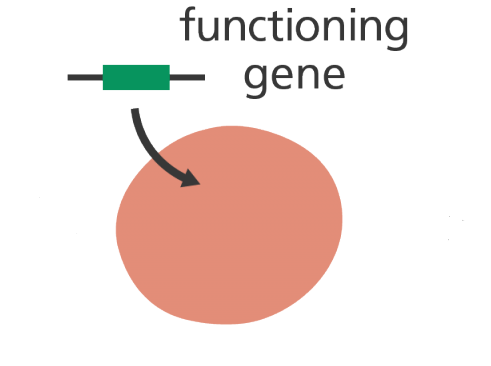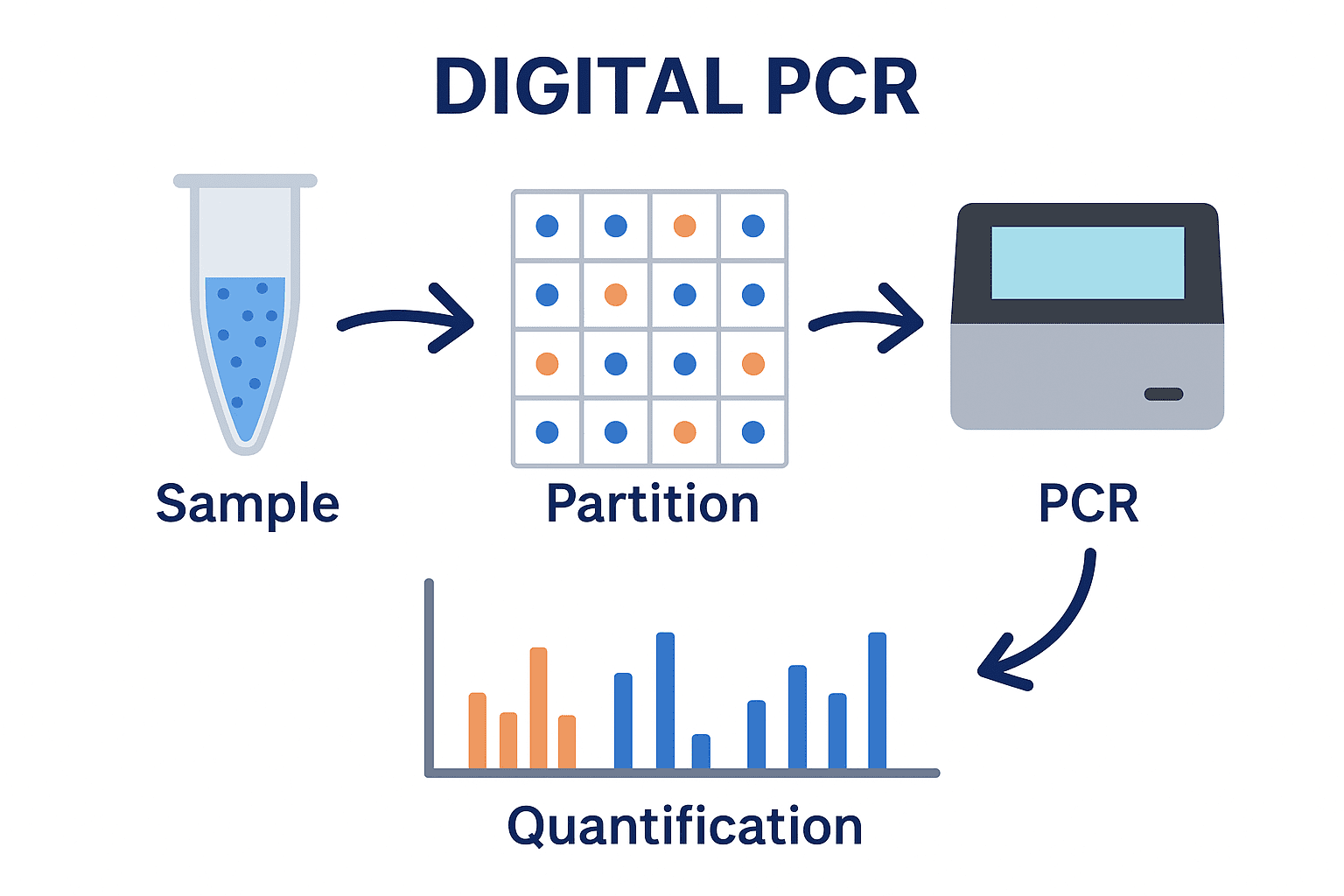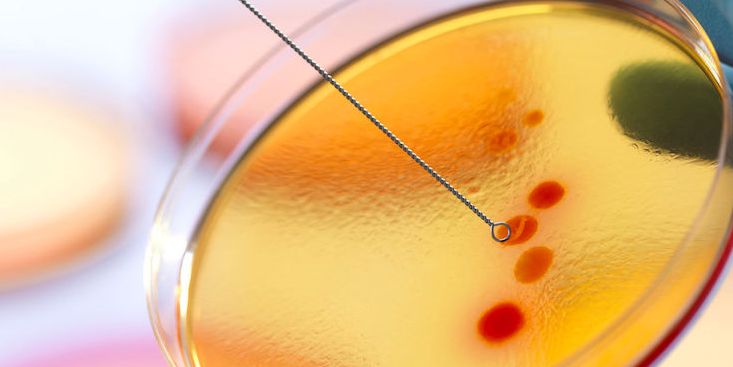As the global population races past 8 billion and continues to rise, the urgency to develop sustainable, resilient food systems has reached an all-time high. By 2050, the world is expected to host nearly 10 billion people, placing immense pressure on our already strained food resources. In many parts of the world—particularly in vulnerable regions like sub-Saharan Africa—millions of people are grappling daily with chronic food shortages, hunger, and malnutrition. These challenges are further compounded by the adverse effects of climate change, including erratic rainfall patterns, prolonged droughts, soil degradation, and declining agricultural productivity. In such regions, children and women are often the most severely affected, facing stunted growth, weakened immunity, and increased mortality rates due to undernutrition and poor dietary diversity.
Traditional agricultural systems, reliant on favorable weather conditions and fertile land, are proving insufficient in the face of these growing challenges. Hence, the critical question arises: How can we feed the world’s ever-expanding population in a manner that is sustainable, safe, and equitable?
Surprisingly, a potential solution lies not in vast farmlands or livestock expansion, but in the microscopic world of microorganisms. These tiny, often invisible life forms—bacteria, fungi, yeasts, and algae—are now being explored as viable sources of high-quality protein and essential nutrients. Through innovations in biotechnology and synthetic biology, scientists are harnessing the power of microorganisms to produce Single Cell Proteins (SCPs)—a revolutionary approach that may redefine the future of food. These microbial-based protein sources can be cultivated using minimal resources, often from organic or industrial waste, and have the potential to supplement traditional diets, improve food security, and reduce the environmental footprint of food production. Indeed, microbes may offer one of the most promising and underutilized tools in the quest to sustainably nourish a growing global population.
The Crisis of Food Security and Climate Change
The global food security landscape is under unprecedented threat, largely driven by the accelerating impacts of climate change and global warming. Rising average temperatures worldwide have led to more frequent and severe heatwaves, which directly stress crops, reduce yields, and disrupt growing seasons. Erratic rainfall patterns—characterized by prolonged droughts in some regions and devastating floods in others—have further undermined agricultural stability. This unpredictability makes it increasingly difficult for farmers, especially those in subsistence and small-scale agriculture, to plan and sustain reliable harvests.
Simultaneously, desertification and soil degradation are stripping vast tracts of once-fertile land of their agricultural potential. Overgrazing, deforestation, and unsustainable farming practices, compounded by climate pressures, have led to the loss of essential soil nutrients and organic matter. As a result, the land’s ability to retain water and support crops diminishes sharply. This degradation is most pronounced in agrarian economies that depend heavily on rain-fed agriculture, which is highly vulnerable to climatic fluctuations.
Water scarcity is another critical issue exacerbated by climate change. Reduced rainfall and the drying up of rivers and groundwater sources limit water availability for both crop irrigation and livestock, threatening the entire agricultural production system. The knock-on effects of these stresses are widespread and severe: millions of people face increasing hunger and food insecurity, with many unable to access the nutrition necessary for healthy growth and immune function.
Children bear the brunt of this crisis, especially in low-income regions such as sub-Saharan Africa. Here, millions of children suffer from chronic undernutrition, manifested as stunting, wasting, and underweight conditions. Their weakened immune systems make them highly susceptible to infectious diseases, creating a vicious cycle of illness and malnutrition. Poor diets deficient in essential nutrients—particularly protein—exacerbate these conditions, contributing significantly to high morbidity and mortality rates among the most vulnerable populations.
Addressing the intertwined challenges of climate change and food insecurity requires innovative, sustainable solutions to secure nutrition for current and future generations.
A Microbial Revolution: What Are Single Cell Proteins (SCPs)?
Single Cell Proteins (SCPs) are protein-rich biomass derived from the cultivation of microorganisms such as bacteria, yeast, fungi, and algae. These microscopic organisms serve as natural biofactories, converting various substrates—ranging from simple sugars to complex agricultural or industrial wastes—into valuable, nutrient-dense protein sources. The harvested microbial biomass can then be processed and utilized as protein supplements for both human and animal consumption.
The concept of SCPs represents a groundbreaking advancement in biotechnology and food science, offering a sustainable alternative to traditional protein sources. As the world grapples with increasing population growth and the resultant demand for food, SCPs provide an innovative solution that leverages nature’s smallest workers to produce high-quality protein efficiently and with a minimal environmental footprint.
Microorganisms have played an indispensable role in human civilization for millennia. Since ancient times, they have been harnessed to produce foods and beverages such as bread, yogurt, wine, beer, and vinegar. These traditional applications showcase microbes’ ability to transform raw materials into nutritious and palatable products through fermentation and other biological processes. Today, advances in genetic engineering and fermentation technology allow scientists to optimize these microbes, enhancing their protein content and nutritional profiles. This means microbes can be tailored to produce protein supplements that not only augment but in some cases potentially replace conventional sources like meat, dairy, or legumes—especially in regions where these are scarce, expensive, or unsustainable.
In addition to their nutritional benefits, SCPs offer a rapid production cycle, require less land and water compared to traditional agriculture, and can utilize waste streams, thereby contributing to circular economies and reducing environmental pollution. As such, SCPs are poised to become a key player in addressing global food security challenges while promoting sustainable agricultural practices.
Why Single Cell Proteins Matter Now More Than Ever
Single Cell Proteins (SCPs) are rapidly gaining attention worldwide due to their remarkable potential to address critical food security and nutritional challenges. Their importance stems from several key advantages that position them as a sustainable alternative or supplement to conventional protein sources.
1. High Protein Content with Essential Amino Acids
One of the most compelling features of SCPs is their exceptionally high protein content, often ranging between 40% and 80% by dry weight. Unlike many plant-based proteins, SCPs can provide a complete amino acid profile, including all essential amino acids that the human body cannot synthesize and must obtain from diet. This makes SCPs not only a rich source of protein but also highly nutritious, offering balanced nourishment critical for growth, immune function, and overall health. For malnourished populations—especially children in developing regions—SCPs can help fill crucial protein gaps that traditional diets often lack.
2. Rapid Growth Rates of Microbes, Independent of Weather or Season
Microorganisms used in SCP production grow at an astonishing speed, often doubling their biomass within hours. This rapid reproduction rate far exceeds that of conventional crops or livestock. More importantly, SCP production occurs in controlled bioreactors or fermentation tanks, allowing it to be decoupled from external weather conditions, seasonal changes, or soil fertility issues. This ensures continuous, predictable protein output throughout the year, regardless of droughts, floods, or other climate-related disruptions that frequently hamper traditional agriculture. This reliability is crucial for stabilizing protein supplies in vulnerable regions.
3. Minimal Land Use, Preserving Arable Land for Other Crops
Unlike animal farming or crop cultivation, SCP production requires minimal land area. This is a significant advantage given the increasing competition for arable land caused by urbanization, deforestation, and soil degradation. By producing protein-rich biomass in compact, vertical bioreactors, SCP technology can spare precious farmland, allowing it to be allocated for growing staple crops, fruits, and vegetables. This efficient land use supports sustainable agricultural practices and reduces environmental pressures such as habitat loss and soil erosion.
4. Ability to Utilize Waste Products as Growth Media
Many microbes used in SCP production can thrive on organic waste substrates such as agricultural residues, industrial starch, sugars, and even food waste. This capability not only reduces the production cost but also contributes to waste valorization and environmental sustainability. By transforming low-value or discarded materials into high-quality protein, SCP production helps close nutrient loops, reduce landfill burden, and mitigate greenhouse gas emissions from organic waste decomposition.
5. Potential to Be Genetically Enhanced for Better Nutrition and Functionality
Advances in biotechnology enable scientists to genetically engineer microbes to optimize their nutritional profiles or introduce beneficial traits. For example, microbes can be modified to increase their vitamin, mineral, or essential fatty acid content, or to reduce anti-nutritional factors. Genetic enhancement also allows tailoring SCPs for specific dietary needs, improving digestibility, or even introducing therapeutic compounds. This flexibility makes SCPs a promising platform not only for general nutrition but also for personalized nutrition and functional foods.
Together, these advantages mean SCPs can be produced year-round in controlled environments, providing a scalable, reliable, and sustainable protein source for both humans and livestock. Especially in resource-limited or climate-vulnerable settings, SCPs offer a transformative opportunity to improve global nutrition, reduce environmental impact, and build resilient food systems capable of feeding the world’s growing population.
Applications and Examples of Single Cell Proteins (SCPs)
Single Cell Proteins have garnered significant attention worldwide as innovative and sustainable alternatives to traditional protein sources. Various types of microorganisms—yeasts, algae, fungi, and bacteria—are either currently used or under active research for their SCP potential. Each group offers unique advantages depending on nutritional content, growth conditions, and scalability. Here are some notable examples and their applications:
Yeast-Based Proteins
Yeasts such as Candida utilis and Saccharomyces cerevisiae are among the most widely studied and commercially utilized sources of SCP. These organisms have been used for decades in baking, brewing, and fermentation industries, making them generally regarded as safe for human and animal consumption. Their rapid growth on inexpensive substrates like molasses, agricultural wastes, and by-products makes them an economically viable protein source.
- Candida utilis is especially valued for its high protein content (up to 50% dry weight) and balanced amino acid profile. It is commonly used in animal feeds to enhance nutritional value, particularly in aquaculture and poultry industries.
- Saccharomyces cerevisiae, commonly known as baker’s yeast, is rich not only in proteins but also in vitamins (especially B-complex vitamins) and minerals. Beyond direct consumption, yeast biomass is often used as a supplement in feed formulations to improve animal health and productivity.
These yeasts can be genetically modified to improve yield, digestibility, or even produce additional nutrients such as vitamins or antioxidants, opening avenues for biofortified SCP products.
Algal Proteins
Microalgae like Spirulina and Chlorella are some of the most promising SCP sources due to their exceptional nutritional profiles. Algae are rich in proteins (often 50-70% of dry biomass), essential fatty acids, vitamins, minerals, and bioactive compounds such as antioxidants and pigments.
- Spirulina, a blue-green algae, is widely consumed as a dietary supplement worldwide. It contains complete proteins with all essential amino acids and offers additional health benefits like immune support and anti-inflammatory properties.
- Chlorella, a green algae, is another popular supplement known for detoxifying properties and high chlorophyll content. It has also been explored for use in animal feed to enhance growth and disease resistance.
Algal SCP production requires less land and water than traditional crops and can utilize non-arable lands or even wastewater, making it an environmentally friendly protein source.
Fungal Proteins
Filamentous fungi such as Pleurotus species (commonly known as oyster mushrooms) are macroscopic fungi with high protein content and well-established culinary and medicinal uses. Mushrooms have been consumed for centuries for their taste and health benefits, including antioxidant, anti-cancer, and immune-boosting properties.
- Pleurotus spp. are cultivated on lignocellulosic wastes like sawdust or straw, converting low-value agricultural residues into nutrient-rich biomass. The protein content of oyster mushrooms ranges from 20-30% dry weight, accompanied by dietary fiber, vitamins, and minerals.
- Besides edible mushrooms, filamentous fungi like Fusarium venenatum are used in commercial SCP production (e.g., Quorn™), where fungal biomass is processed into meat substitutes. These fungal SCPs provide a sustainable, low-fat, and cholesterol-free protein alternative for vegetarians and those seeking reduced meat consumption.
The use of fungi for SCP production is particularly attractive because of their ability to utilize diverse substrates, grow quickly, and provide complex proteins with high digestibility.
Bacterial Proteins
Certain bacteria have emerged as highly efficient SCP producers due to their extremely fast growth rates and ability to thrive on simple, low-cost carbon sources such as methane, methanol, or other industrial by-products.
- Methylophilus methylotrophus is one such bacterium known for its ability to convert single-carbon compounds into biomass rapidly. This makes it a promising candidate for large-scale SCP production, especially where methane or methanol are abundant as feedstocks.
- Other bacteria, including Alcaligenes eutrophus and Bacillus species, are under investigation for SCP production, with research focusing on optimizing yield and ensuring safety.
Bacterial SCPs offer the potential to convert industrial and agricultural waste gases into protein-rich biomass, aligning well with circular economy principles and reducing environmental pollution.
Overall, the versatility of microbial sources for SCP production provides diverse options tailored to different nutritional needs, environmental conditions, and economic constraints. The continued research and innovation in microbial biotechnology, fermentation techniques, and genetic engineering will expand the applications of SCPs—from animal feeds to human nutrition, and even novel functional foods—helping to build a more sustainable and food-secure future.
Safety, Ethics, and Regulatory Concerns
Despite their promise, SCPs are not without challenges. One major concern is safety. The microbes used must meet strict criteria:
- Non-pathogenic: They must not cause diseases in humans or animals.
- Non-toxigenic: They must not produce harmful toxins.
- GRAS status (Generally Recognized As Safe): Their metabolic by-products must not pose health risks to consumers.
While Single Cell Proteins (SCPs) hold tremendous potential as sustainable nutritional sources, their widespread adoption is accompanied by significant safety, ethical, and regulatory challenges that must be carefully addressed.
Safety is paramount when it comes to SCP production and consumption. The microorganisms used must adhere to stringent criteria to ensure they do not pose risks to human or animal health. Firstly, the microbes must be non-pathogenic—meaning they should not cause any diseases or infections in humans, livestock, or wildlife. This is critical because the introduction of pathogenic microbes into the food supply could have devastating public health consequences.
Secondly, these organisms must be non-toxigenic, meaning they should not produce toxins or harmful metabolites that could accumulate during production or storage. Toxins can lead to acute poisoning or long-term health effects, so ensuring the microbe’s metabolic by-products are safe is essential. To this end, the microbes must ideally have a GRAS (Generally Recognized As Safe) status, a designation used by regulatory bodies such as the U.S. Food and Drug Administration (FDA) to identify substances considered safe based on scientific evidence.
Beyond these biological considerations, SCPs must undergo rigorous toxicological and nutritional testing. These tests ensure that the final product is free from contaminants, allergens, or unintended genetic material that could trigger adverse reactions in consumers. Quality control processes, including batch testing and traceability, are necessary to maintain consistent safety standards.
Another significant hurdle lies in public perception and ethical concerns. The idea of consuming proteins derived from microbes—especially those produced via genetic engineering—may face resistance rooted in cultural beliefs, food neophobia, or ethical apprehensions about genetically modified organisms (GMOs). Many consumers may be hesitant to accept SCPs without clear evidence of safety and benefits.
To overcome these challenges, transparent communication and education are vital. Consumers should be informed about the science, safety protocols, and environmental benefits of SCPs. Clear product labeling and adherence to international regulatory frameworks will help build trust. Ethical considerations also extend to equitable access and sustainability, ensuring SCP technologies benefit vulnerable populations without exacerbating social inequalities.
In summary, the path to integrating SCPs into global food systems requires balancing innovation with safety, ethics, and transparency to ensure public confidence and health protection.
Toward a Sustainable Food Future
By using organic waste as a substrate, SCP production also contributes to waste recycling and environmental protection—addressing two problems with one solution. The integration of SCPs into global food systems, especially through bioreactors, fermentation facilities, and synthetic biology platforms, represents a forward-thinking response to some of the greatest challenges of our time.
Conclusion
In the face of worsening food insecurity, environmental degradation, and a booming population, Single Cell Proteins offer a revolutionary path toward sustainable nutrition. They can supplement traditional protein sources, reduce pressure on agricultural land, and provide life-saving nourishment to malnourished populations—especially children in developing nations.
Through research, public education, and ethical production, SCPs can become a cornerstone of a resilient, climate-smart food system.
References
Bushell M.E (1998). Application of the principles of industrial microbiology to biotechnology (ed. Wiseman, A.) Chapman and Hall, New York.
Byong H. Lee (2015). Fundamentals of Food Biotechnology. Second edition. Wiley-Blackwell, New Jersey, United States.
Clark D.P and Pazdernik N (2010). Biotechnology. First edition. Elsevier Science and Technology Books, Amsterdam, Netherlands.
Farida A.A (2012). Dairy Microbiology. First edition. Random Publications. New Delhi, India.
Frazier W.C, Westhoff D.C and Vanitha N.M (2014). Food Microbiology. Fifth edition. McGraw-Hill Education (India) Private Limited, New Delhi, India.
Guidebook for the preparation of HACCP plans (1999). Washington, DC, United States Department of Agriculture Food Safety and Inspection Service. Accessed on 20th February, 2015 from: http://www.fsis.usda.gov
Hayes P.R, Forsythe S.J (1999). Food Hygiene, Microbiology and HACCP. 3rd edition. Elsevier Science, London.
Hussaini Anthony Makun (2013). Mycotoxin and food safety in developing countries. InTech Publishers, Rijeka, Croatia. Pp. 77-100.
Jay J.M (2005). Modern Food Microbiology. Fourth edition. Chapman and Hall Inc, New York, USA.
Lightfoot N.F and Maier E.A (1998). Microbiological Analysis of Food and Water. Guidelines for Quality Assurance. Elsevier, Amsterdam.
Nduka Okafor (2007). Modern industrial microbiology and biotechnology. First edition. Science Publishers, New Hampshire, USA.
Roberts D and Greenwood M (2003). Practical Food Microbiology. Third edition. Blackwell publishing Inc, USA.
Discover more from Microbiology Class
Subscribe to get the latest posts sent to your email.





